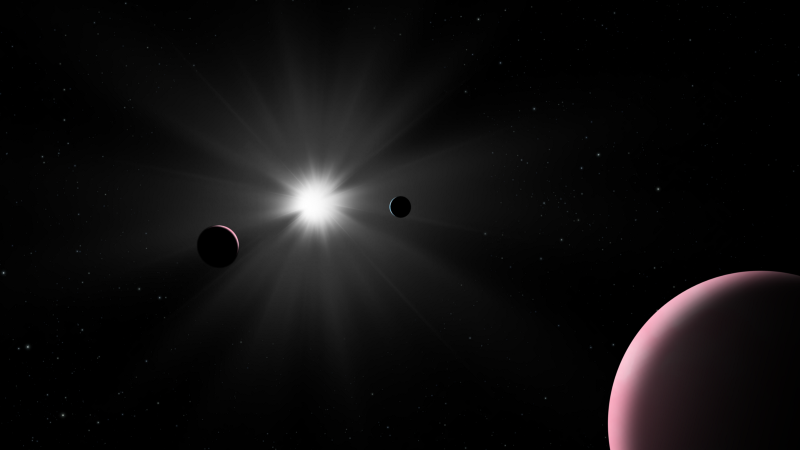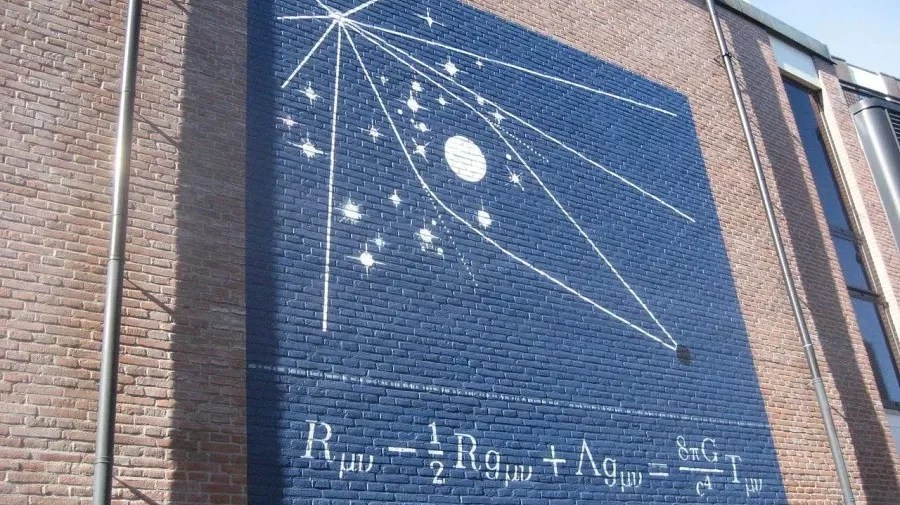Neptune holds records in our Solar System, but the Universe gets even faster. Here on Earth, extreme weather events can cause dramatic wind speed spikes. When hurricanes are at their most […]
Search Results
You searched for: Neptune
Even the dictionary doesn’t get the definition right.
Some microbes can withstand Earth’s most inhospitable corners, hinting that life may be able to survive similarly extreme conditions on other worlds.
The Universe begins with negligible amounts of angular momentum, which is always conserved. So why do planets, stars, and galaxies all spin?
In 2006, Pluto was demoted in a very controversial decision. Unless you ignore nearly all of planetary science, it’ll never be one again.
Peaking on the night of August 11/12, up to 100 bright meteors per hour will be visible. Here’s how to make the most of it.
Planets are either rocky, like Earth, or gas-rich, like Neptune, with no in-between. What are the different types of planets that exist in the Universe? If all you could see […]
The stars, planets, and many moons are extremely round. Why don’t they take other shapes?
Our Solar System’s outer reaches, and what’s in them, was predicted long before the first Oort Cloud object was ever discovered.
For centuries, Newton’s inverse square law of gravity worked beautifully, but no one knew why. Here’s how Einstein finally explained it.
Straddling the bounds of science and religion, Newton wondered who set the planets in motion. Astrophysics reveals the answer.
With sea levels rising, the Dutch are pondering floating cities — while also exporting their engineering know-how to turn a tidy profit.
Empty, intergalactic space is just 2.725 K: not even three degrees above absolute zero. But the Boomerang Nebula is even colder.
The closest star system to Earth, just over 4 light-years away, has three stars and at least one Earth-sized planet. Is it time to go there?
Could life be widespread throughout the cosmos, in the subsurface oceans of ice-covered worlds? NASA’s Europa Clipper mission investigates.
It would get rid of our hazardous, radioactive, and pollutive waste for good, but physics tells us it’s a losing strategy for elimination.
Out of the four rocky planets in our Solar System, only Earth presently has plate tectonics. But billions of years ago, Venus had them, too.
Although many of Einstein’s papers revolutionized physics, there’s one Einsteinian advance, generally, that towers over all the rest.
From here on Earth, looking farther away in space means looking farther back in time. So what are distant Earth-watchers seeing right now?
The search for worlds outside our solar system has just turned up a planet, TOI-2257 b, with a truly extreme orbit.
With a telescope at just the right distance from the Sun, we could use its gravity to enhance and magnify a potentially inhabited planet.
Water is vital for life. Luckily for spacefaring humans, the solar system is full of it.
Whether they’re gas giants or rocky planets makes all the difference for life. Over the past 30 years, we went from not knowing if there were planets like ours around other […]
In July of 2022, the first science images from JWST were unveiled. Two years later, it’s changed our view of the Universe.
When the average person has a “theory,” they’re just guessing. But for a scientist, a theory is the pinnacle of what we can achieve.
If there are human-sized creatures walking around on other planets, would we be able to view them directly?
The Earth that exists today wasn’t formed simultaneously with the Sun and the other planets. In some ways, we’re quite a latecomer.
Massive objects like black holes, stars, and rogue planets routinely pass near our Solar System. An ensuing comet storm could destroy us.
Pluto failed to meet the definition of a planet, but some astronomers think there might be a legitimate Planet 9 out there.
Most potentially hazardous asteroids remain unidentified. NEO surveyor could change that, but only if it’s funded, and soon.



























